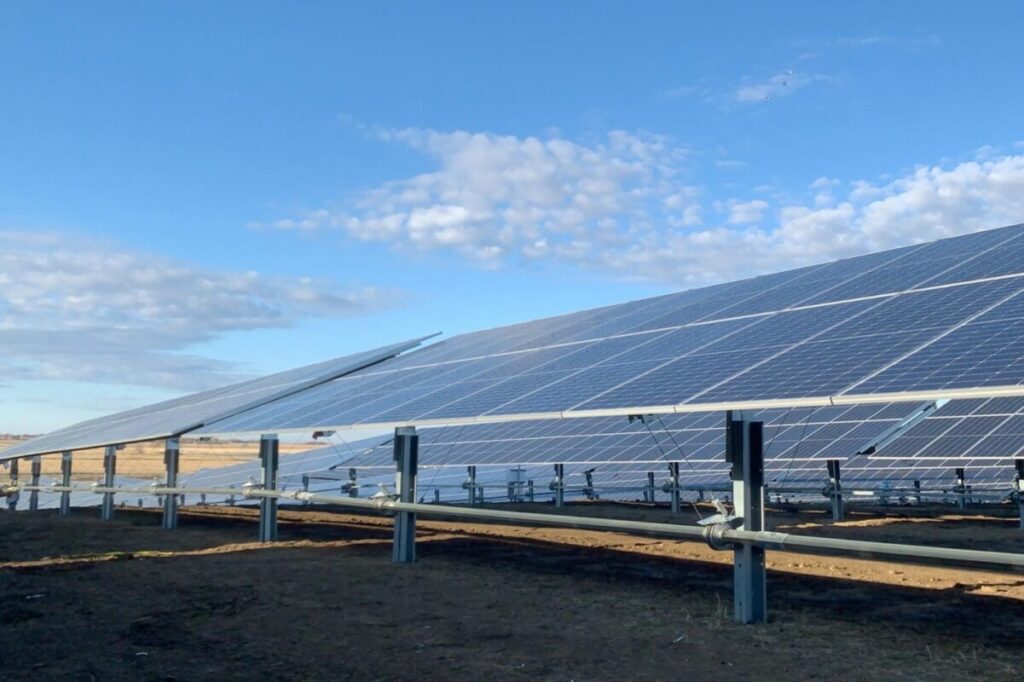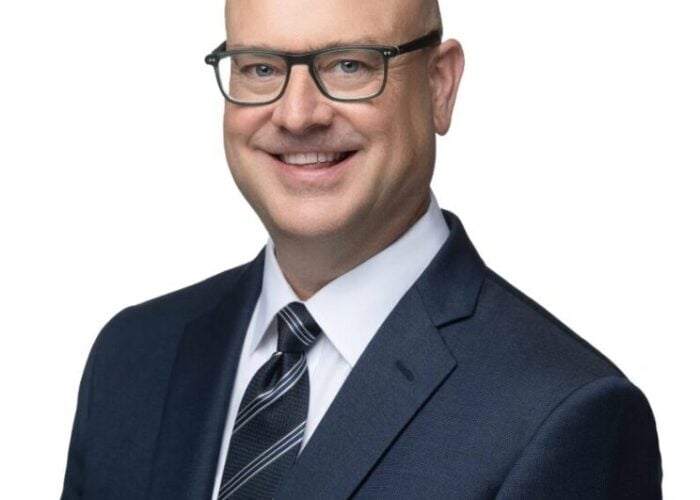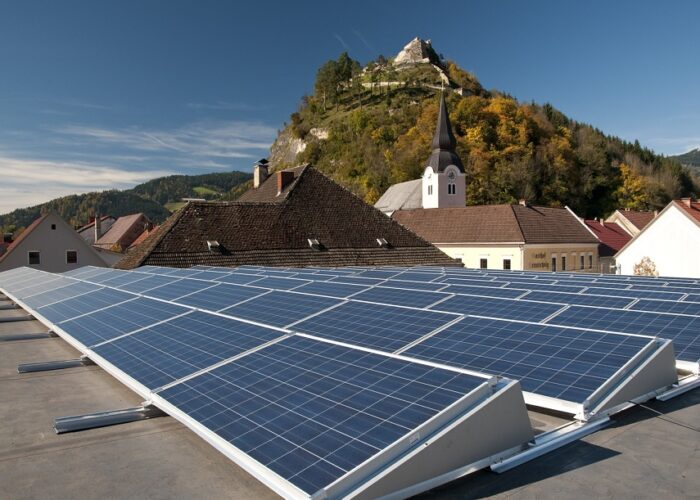
The Canadian government has announced up to C$500 million (US$363.2 million) in finance for the country’s Smart Renewables and Electrification Pathways (SREPs) programme, as the state looks to encourage investment into renewable power technologies.
The money will go towards the SREPs’ Utility Support Scheme, and be used to support projects submitted by utilities, system operators and industry organisations looking to modernise their operations, expand grid infrastructure or install more renewable power capacity.
Try Premium for just $1
- Full premium access for the first month at only $1
- Converts to an annual rate after 30 days unless cancelled
- Cancel anytime during the trial period
Premium Benefits
- Expert industry analysis and interviews
- Digital access to PV Tech Power journal
- Exclusive event discounts
Or get the full Premium subscription right away
Or continue reading this article for free
The government also noted that intake processes for “other types of projects” will be launched in the coming months, suggesting that other actors in the Canadian energy sector could benefit from government funding for renewable power projects.
Grids remain the priority
The emphasis on improving grid resilience is perhaps expected, considering the challenges faced by the Canadian grid. According to a report, ‘Powering Canada: A blueprint for success’, published by government body Natural Resources Canada, as of May 2024, 280 communities in remote parts of the country had not been connected to larger electricity grids, and had to rely on local diesel-powered electricity generation to meet energy needs.
The government has committed to decarbonise its electricity grids by 2035, and sustained investment may be required to limit grids’ carbon emissions, and expand their scope to include more local communities.
However, this emphasis on grid resilience comes at a time where a number of Canadian provinces have introduced more barriers to the deployment of new solar capacity within their borders, with Alberta premier Danielle Smith promising an “agriculture-first approach” to land use in her province. Alberta tightened permitting rules for renewable energy projects in March, while Ontario banned the deployment of solar projects, in particular, on prime agricultural land in August.
Indeed, solar has historically been sidelined in the Canadian energy mix, with the ‘2024-45 Energy Fact Book’, produced by the Canadian Centre for Energy Information, noting that solar accounted for just 0.9% of the country’s electricity generation in 2022. This is lower than wind, which accounted for 5.7%, and even petroleum, which accounted for 1%, so while there could be potential for additional grid investments in Canada, historical precedent, combined with recent legislation, would suggest that there may not be significant investments in the solar space.
Raising capital
The announcement follows a C$2.9 billion (US$2.1 billion) investment into the SREPs scheme in 2023, alongside more than C$1 billion (US$730 million) of investment in the 2021 and 2022 federal budgets, and the latest round of financing demonstrates a sustained commitment to investment in the Canadian energy sector.
This scale of federal funding reflects investments made at the provincial level, where Quebec has announced a 12-year, C$170 billion (US$123.5 billion) plan to dramatically upgrade its energy mix. The province is targeting the construction of more than 5,000km of new transmission and distribution infrastructure, alongside a massive 10GW of new wind capacity and 1.5GW of “other renewables” and storage.
“This next step will allow us to support even more projects as we work with provinces, territories, Indigenous governments and non-governmental partners as we work toward our common goal of an energy-efficient and money-saving clean grid,” said Jonathan Wilkinson, Canada’s minister of energy and natural resources. “I look forward to seeing the results of this new funding as it improves energy infrastructure from coast to coast to coast.”






